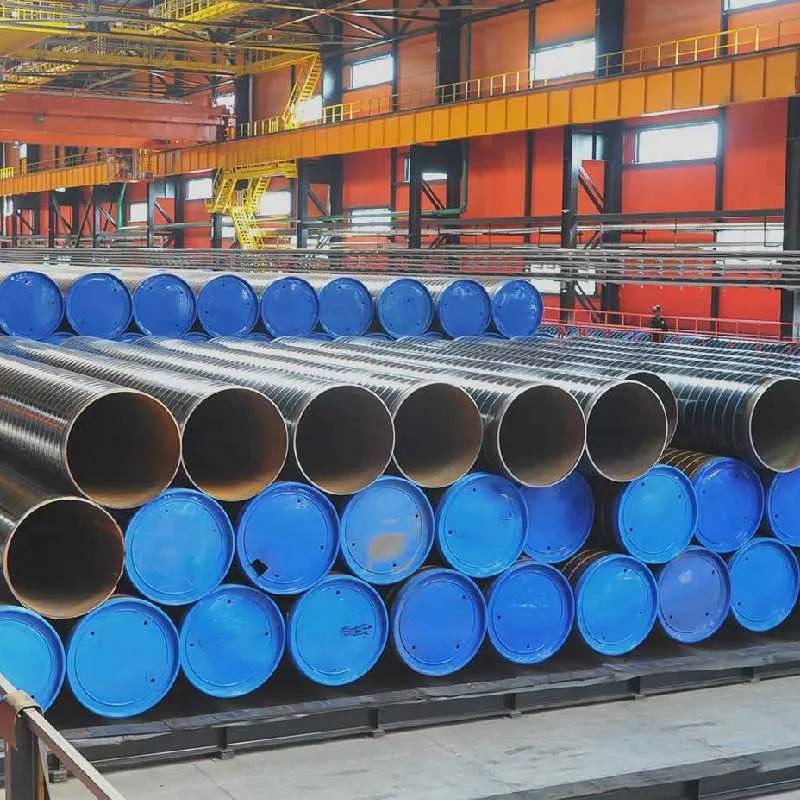-
Cangzhou Yulong Steel Co., Ltd.
-
Phone:
+86 13303177267 -
Email:
admin@ylsteelfittings.com
- English
- Arabic
- Italian
- Spanish
- Portuguese
- German
- kazakh
- Persian
- Greek
- French
- Russian
- Polish
- Thai
- Indonesian
- Vietnamese
- Zulu
- Korean
- Uzbek
- Hindi
- Serbian
- Malay
- Ukrainian
- Gujarati
- Haitian Creole
- hausa
- hawaiian
- Hebrew
- Miao
- Hungarian
- Icelandic
- igbo
- irish
- Japanese
- Javanese
- Kannada
- Khmer
- Rwandese
- Afrikaans
- Albanian
- Amharic
- Armenian
- Azerbaijani
- Basque
- Belarusian
- Bengali
- Bosnian
- Bulgarian
- Catalan
- Cebuano
- China
- China (Taiwan)
- Corsican
- Croatian
- Czech
- Danish
- Esperanto
- Estonian
- Finnish
- Frisian
- Galician
- Georgian
- Kurdish
- Kyrgyz
- Lao
- Latin
- Latvian
- Lithuanian
- Luxembourgish
- Macedonian
- Malgashi
- Malayalam
- Maltese
- Maori
- Marathi
- Mongolian
- Myanmar
- Nepali
- Norwegian
- Norwegian
- Occitan
- Pashto
- Dutch
- Punjabi
- Romanian
- Samoan
- Scottish Gaelic
- Sesotho
- Shona
- Sindhi
- Sinhala
- Slovak
- Slovenian
- Somali
- Sundanese
- Swahili
- Swedish
- Tagalog
- Tajik
- Tamil
- Tatar
- Telugu
- Turkish
- Turkmen
- Urdu
- Uighur
- Welsh
- Bantu
- Yiddish
- Yoruba

Nov . 30, 2024 11:41 Back to list
ansi b16 5 150
Understanding ANSI B16.5 A Comprehensive Overview
ANSI B16.5 is a key standard in the field of piping and valves, specifically addressing flanged fittings—an essential component in various engineering applications. The standard is maintained by the American National Standards Institute (ANSI) and provides specifications for the dimensions, tolerances, materials, and pressure-temperature ratings of flanges used in piping systems. This article will delve into the significance of ANSI B16.5, its core features, and its impact on industries that rely heavily on piping systems.
What is ANSI B16.5?
ANSI B16.5 pertains to the dimensions of pipe flanges and flanged fittings. It serves as a guideline to ensure compatibility and reliability across various applications in process plants, chemical plants, oil and gas operations, power generation, and water treatment facilities. The standard is critical, as it ensures that flanges can be interconnected seamlessly, facilitating the safe and efficient transfer of fluids and gases.
Key Features of ANSI B16
.51. Flange Types and Classes ANSI B16.5 categorizes flanges into different types—such as slip-on, blind, weld neck, threaded, and socket weld—depending on the connection method and application. Additionally, the standard specifies various pressure classes ranging from 150 to 2500 psi, allowing engineers to select the appropriate flange based on the pressure and temperature conditions of their system.
2. Material Specifications The standard outlines acceptable materials for flanges, which include carbon steel, stainless steel, and various alloys. Each material type is considered for its performance under different environmental conditions, ensuring durability and strength when subjected to pressure, temperature variations, and corrosive substances.
3. Dimensional Standards ANSI B16.5 provides detailed specifications regarding the dimensions of flanges, including bolt hole size, flange thickness, and overall diameter. This level of detail is crucial for ensuring that flanges can be installed properly and will seal effectively to prevent leaks.
4. Pressure-Temperature Ratings The standard includes comprehensive tables that specify the pressure-temperature ratings for various flange types and materials. This helps engineers make informed decisions about which flanges to use under specific operating conditions, ultimately enhancing the safety and reliability of piping systems.
ansi b16 5 150

Importance in the Industry
The significance of ANSI B16.5 spans various industries, where it is crucial for the development and maintenance of piping systems. By adhering to this standard, engineers and designers can ensure that their systems are not only functional but also safe and cost-effective. Here are some of the key advantages provided by ANSI B16.5
1. Interoperability The standard promotes interoperability between different manufacturers' products. Engineers can rely on ANSI B16.5 to find flanges that can be used interchangeably across systems, thus simplifying procurement and reducing costs.
2. Safety and Reliability Adherence to ANSI B16.5 helps to minimize the risk of leaks and failures in high-pressure systems. The focus on materials and performance ratings ensures that flanges can withstand the operational demands placed on them.
3. Standardization Writing a standard like ANSI B16.5 provides a uniform measure of quality and performance expectations, helping maintain consistency across the industry. This is essential for ensuring that all components of a piping system work together effectively.
4. Regulatory Compliance Many jurisdictions require compliance with ANSI standards for safety and operational efficiency. Using ANSI B16.5 compliant flanges can help companies meet regulatory requirements and avoid legal issues.
Conclusion
In conclusion, ANSI B16.5 is an essential standard that plays a critical role in the design and implementation of piping systems across various industries. By providing clear specifications on flange dimensions, materials, pressure-temperature ratings, and types, ANSI B16.5 facilitates safe and efficient operations. Its widespread adoption not only ensures the integrity of piping systems but also enhances the overall reliability of industrial processes. For engineers, manufacturers, and businesses alike, understanding and utilizing ANSI B16.5 is fundamental to advancing their operations while adhering to safety and quality regulations. As industries continue to evolve, the role of standards like ANSI B16.5 will remain indispensable in driving innovation and excellence in piping technology.
Latest news
-
ANSI 150P SS304 SO FLANGE
NewsFeb.14,2025
-
ASTM A333GR6 STEEL PIPE
NewsJan.20,2025
-
ANSI B16.5 WELDING NECK FLANGE
NewsJan.15,2026
-
ANSI B16.5 SLIP-ON FLANGE
NewsApr.19,2024
-
SABS 1123 FLANGE
NewsJan.15,2025
-
DIN86044 PLATE FLANGE
NewsApr.19,2024
-
DIN2527 BLIND FLANGE
NewsApr.12,2024
-
JIS B2311 Butt-Welding Fittings LR/SR 45°/90° /180°Seamless/Weld
NewsApr.23,2024











